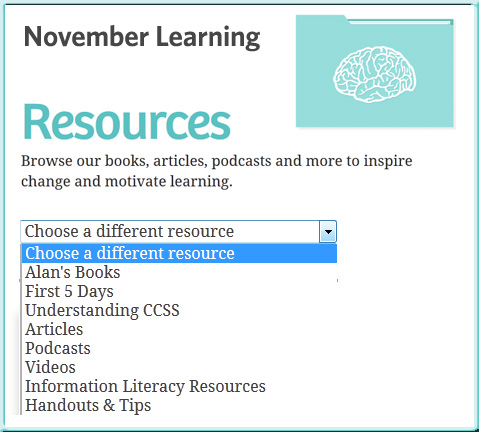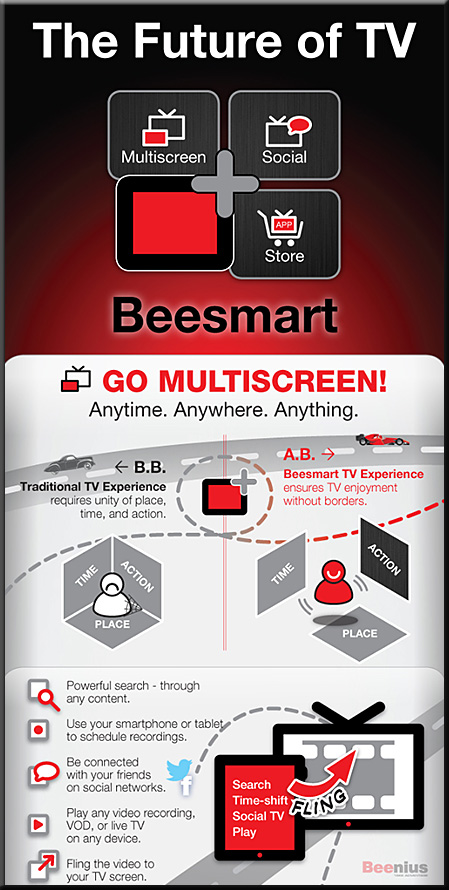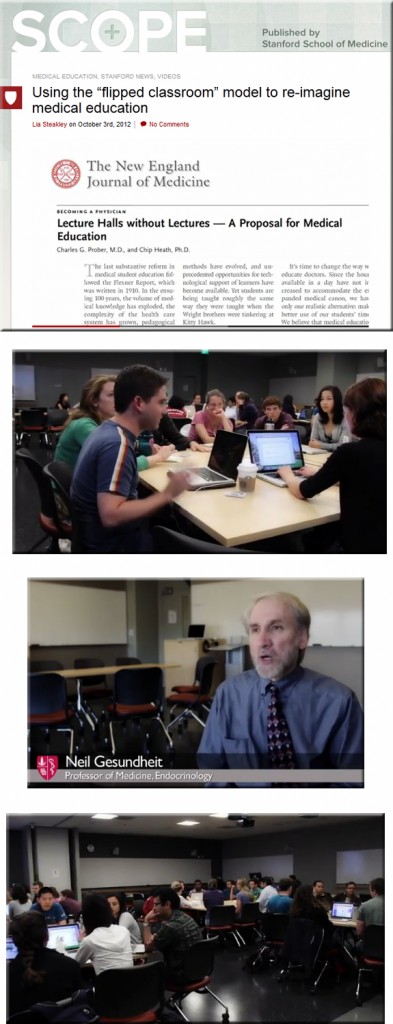Key questions you should ask before you flip your class — from Flipped Learning by jbergmann
Excerpt:
I am preparing to do a workshop with Icelandic Educators this week and I was asked to give them a list of questions to consider as they begin to flip their classes. As I wrote these I realized that many people could benefit from these questions. It is no doubt an incomplete list. If you have more questions that I should include, please comment and I will add them.
Back from March 2012:
Flipped learning: A response to five common criticisms — from November Learning by Alan November & Brian Mull
Also see:
Flipped Learning #26: The Power of the Transformation with Jon Bergmann — from edreach.us by Troy Cockrum
Excerpt/description:
Troy has Flipped Learning pioneer Jon Bergmann on the final podcast of this calender year. The two discuss Jon’s book “Flip Your Classroom”, as well as his upcoming book, the differences between Flipped Classroom and Flipped Learning, flipping a class vs. flipping a lesson, the powerful transformations teachers are making, FlipCon13, and more.
You can also catch up on a lot of resources from the Flipped Learning Network by going to www.flippedlearning.org.
SmartBoard, make way for Educreations — from blogs.kqed.org by Katrina Schwartz
Excerpt:
One of the biggest, fastest shifts in ed tech the last couple years has been the evolution from the use of large interactive whiteboards to the use of mobile, agile multi-purpose apps. Currently, there are at least six products, all competing to become teachers’ favorite. Replay Note, ScreenChomp, ShowMe, DoodleCast Pro, Knowmia, Explain Everything and Educreations all offer teachers the ability to record the visual and audio components of a “whiteboard” lesson on their iPads, and share it online.
Understanding the Flipped Classroom: Part 1 — from FacultyFocus.com by Pamela Kachka
Understanding the Flipped Classroom: Part 2 — from FacultyFocus.com by Pamela Kachka
Part 1 looks at the history of the flipped classroom. Part 2 looks at what it takes for someone to teach effectively in a flipped classroom.
Flipped classroom: The full picture for higher education — from usergeneratededucation.wordpress.com by Jackie Gerstein, Ed.D.
Excerpt:
The Flipped Classroom, as most know, has become quite the buzz in education. Its use in higher education has been given a lot of press recently. The purpose of this post is to:
- Provide background for this model of learning with a focus on its use in higher education.
- Identify some problems with its use and implementation that if not addressed, could become just a fading fad.
- Propose a model for implementation based on an experiential cycle of learning model.
From DSC:
The above posting includes a great video by Penn State TLT:
.
Also see:
- Flipping the higher ed classroom— from tophatmonocle.com
Using a wiki to promote collaboration and critical thinking — from Janine Lim
Excerpt:
This post contains resources and links for my Andrews University Faculty Institute session titled Using a Wiki to Promote Collaboration and Critical Thinking.
Also see Janine’s and Alayne Thorpe’s work at:
Flipped classrooms: Improved test scores and teacher satisfaction — from classroomwindow.com
Excerpt:
The preliminary results of our TeacherView Survey on Flipped Learning are in based on responses from close to 500 teachers nationwide. These results should make any school or district administrator look seriously into how to begin flipping instruction broadly.
…
66% of surveyed teachers reported that their students’ standardized test scores have INCREASED since they began flipped instruction.
80% report that their students’ attitudes have improved since flipped instruction began.
88% of teachers report that their job satisfaction has improved since flipping the classroom (with 46% reporting significant improvement).












